Conifers for Fairy Gardens, Trough Gardens, and Railroad Displays
Miniature conifers are well-suited to these specialty gardens because they grow very slowly, and they have a long lifespan.
Miniature conifers also tend to have a mature, aged look which adds to the authenticity of these tiny displays.
Cedrus libani ‘Hedgehog’This shaggy miniature conifer has a mounding shape and long, slate blue needles. This cultivar does not tolerate cold temperatures.
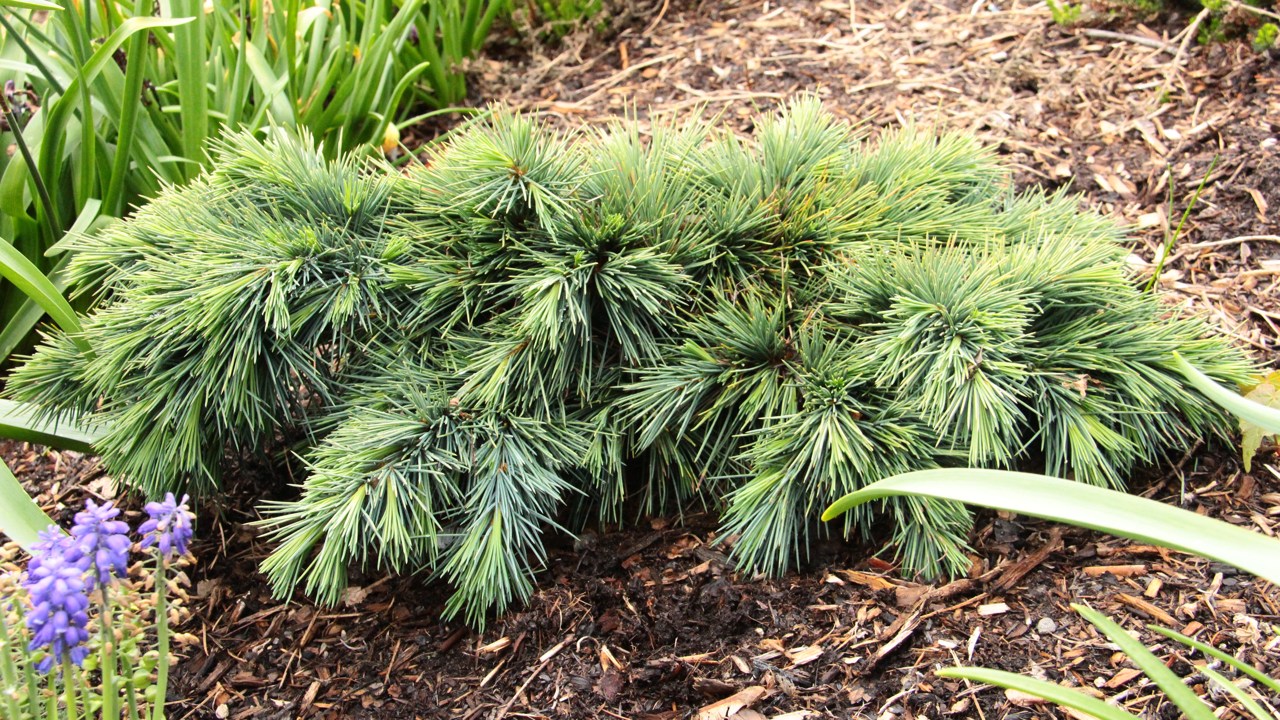
Cedrus libani ‘Hedgehog’
The branches on this miniature conifer look like dark green pipe cleaners. The overall shape is an upright pyramid with an open, structural branching pattern.
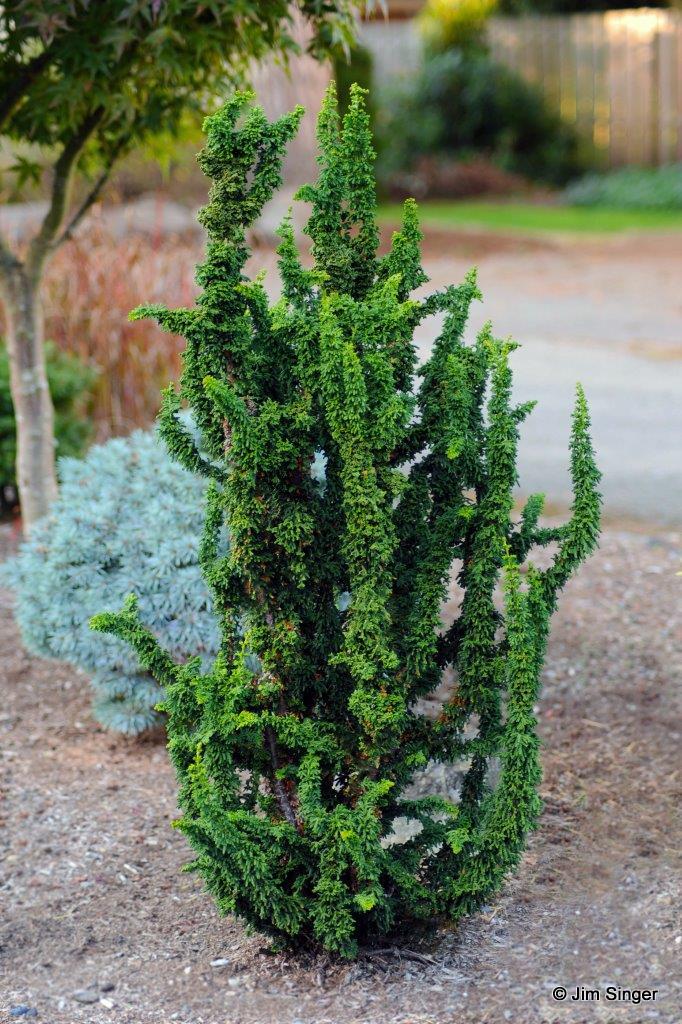
Chamaecyparis obtusa ‘Chirimen’
This miniature conifer is an adorable addition to fairy gardens and railroad displays. When the bottom branches are pruned away, the plant takes on the shape of an extremely small, mature tree.
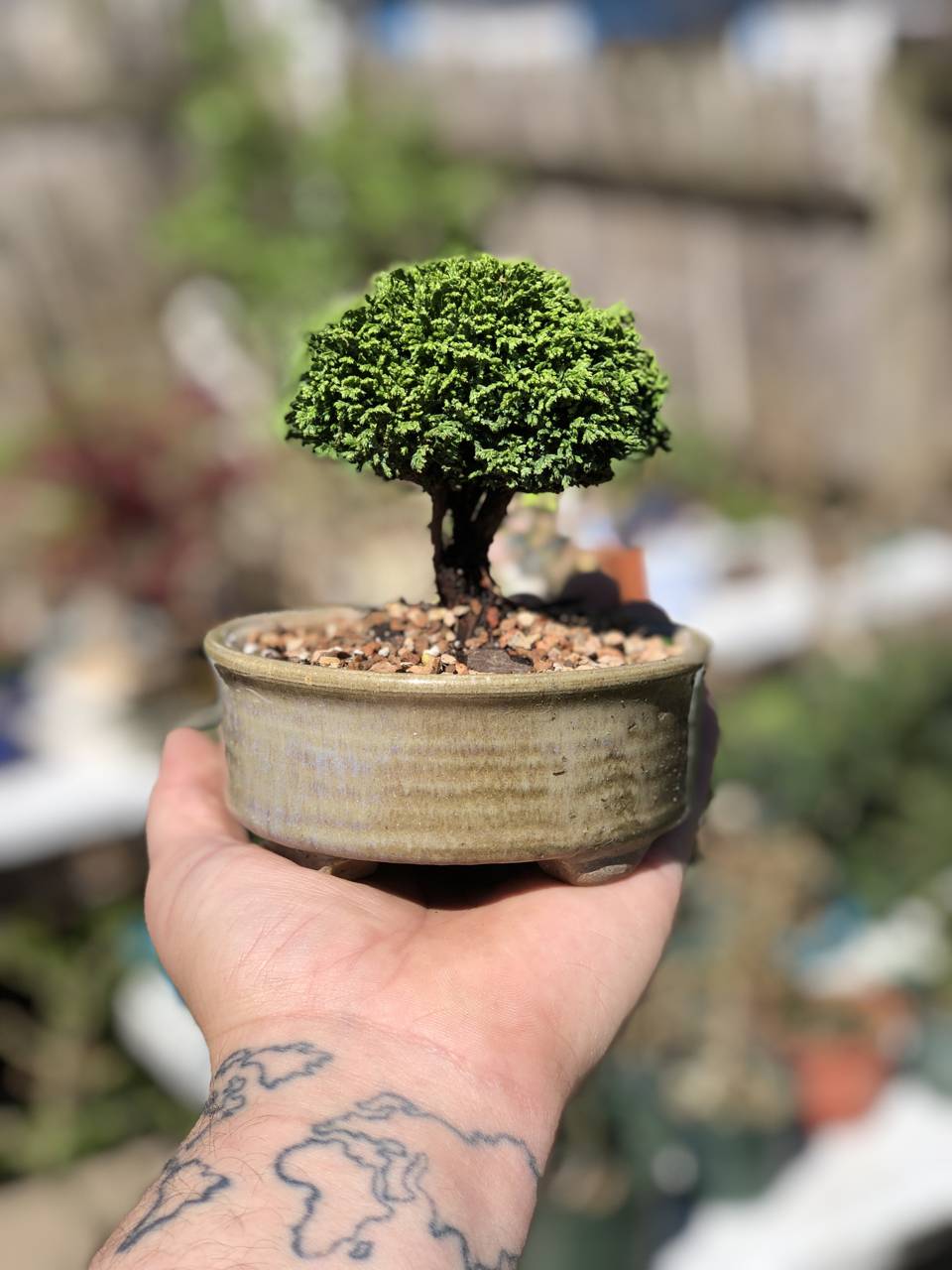
Chamaecyparis pisifera ‘Tsukumo’
This conifer has a low, mounding shape and bright green foliage that turns a beautiful golden yellow in the spring. Plant Tom Thumb in shady locations, or else the needles may burn in direct sun.
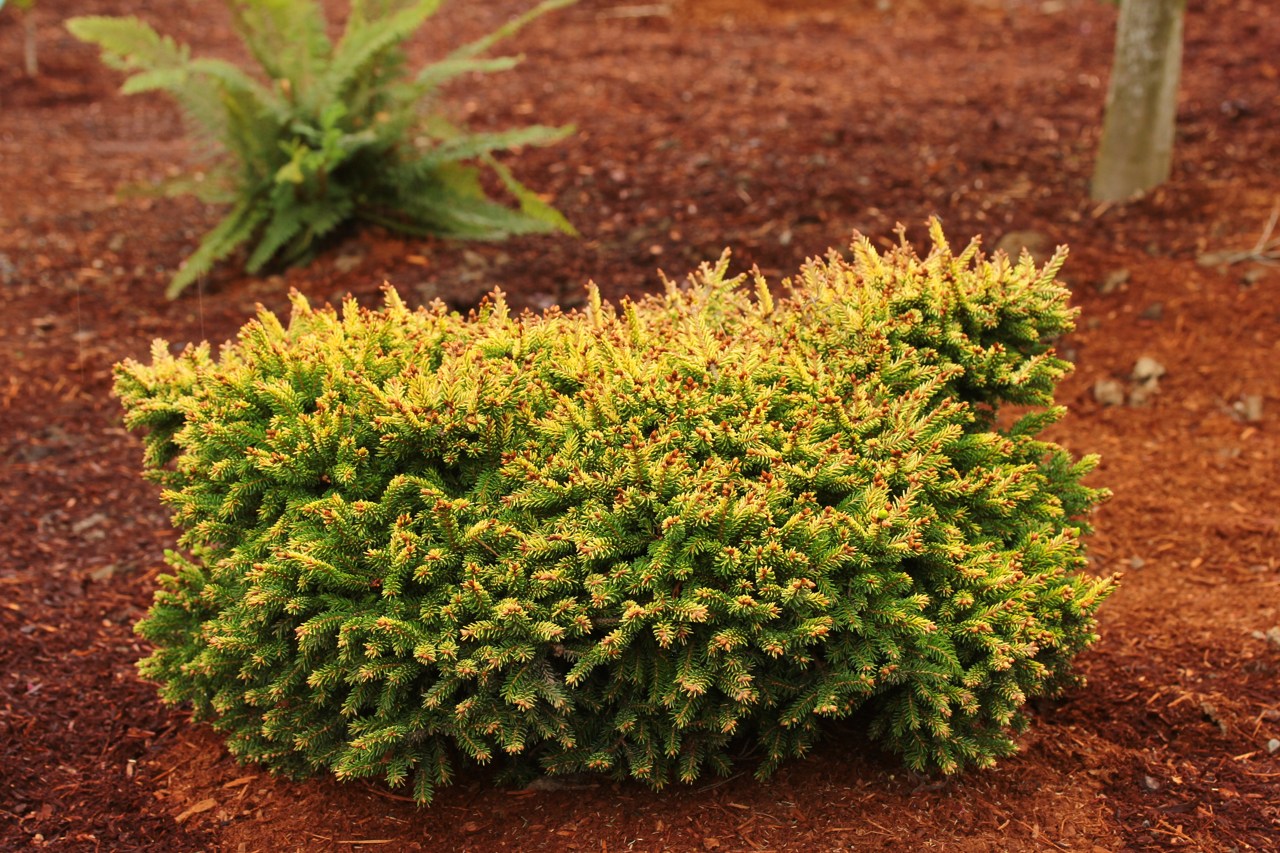
Picea orientalis ‘Tom Thumb Gold’
This dwarf conifer tolerates a wide range of soils and adds a unique color and structural element to a display garden. The needles are blue and silver, and the cones are a beautiful red color in the spring.
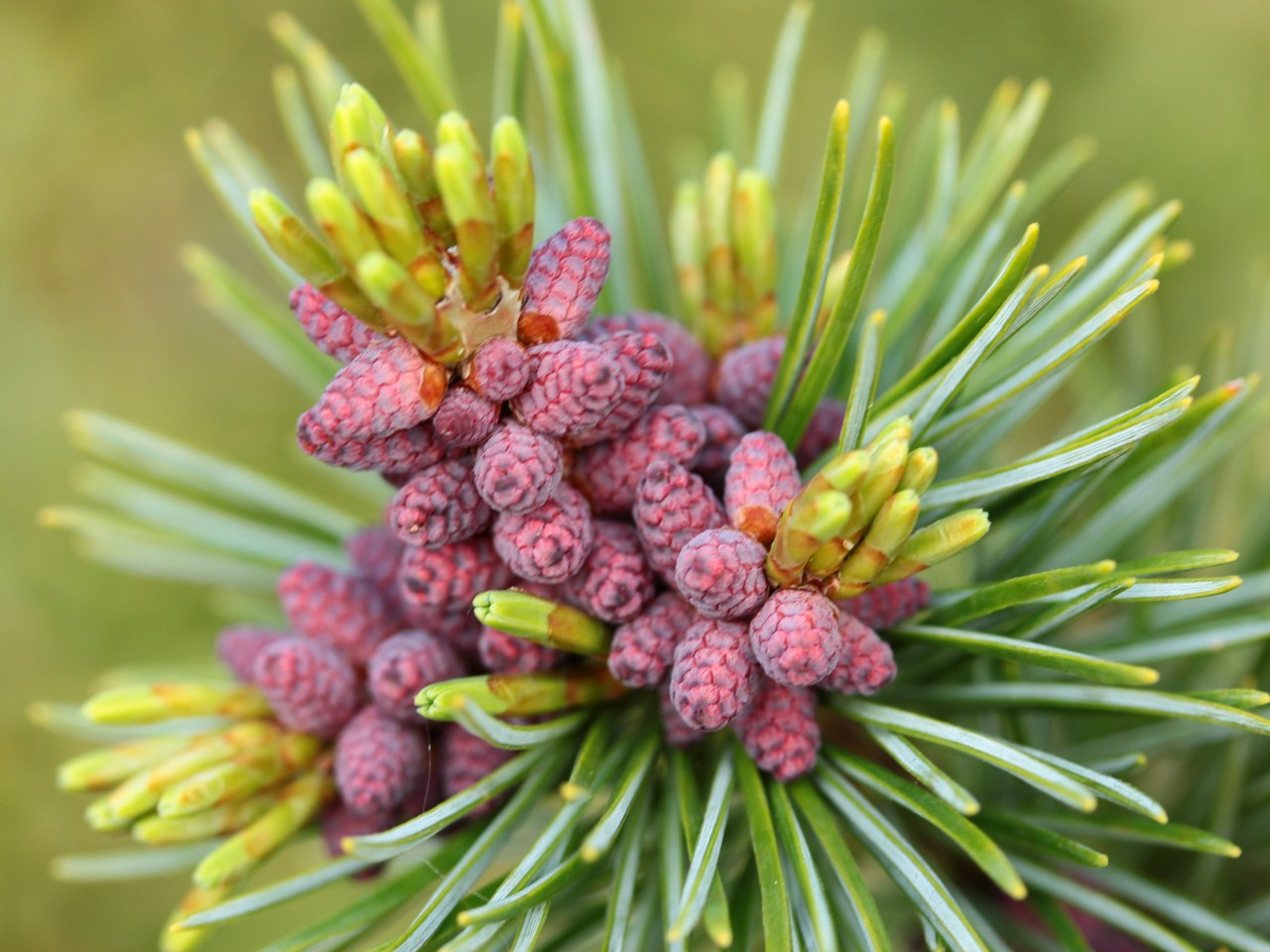
Pinus parviflora ‘Aoi’